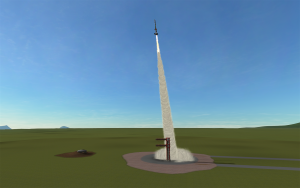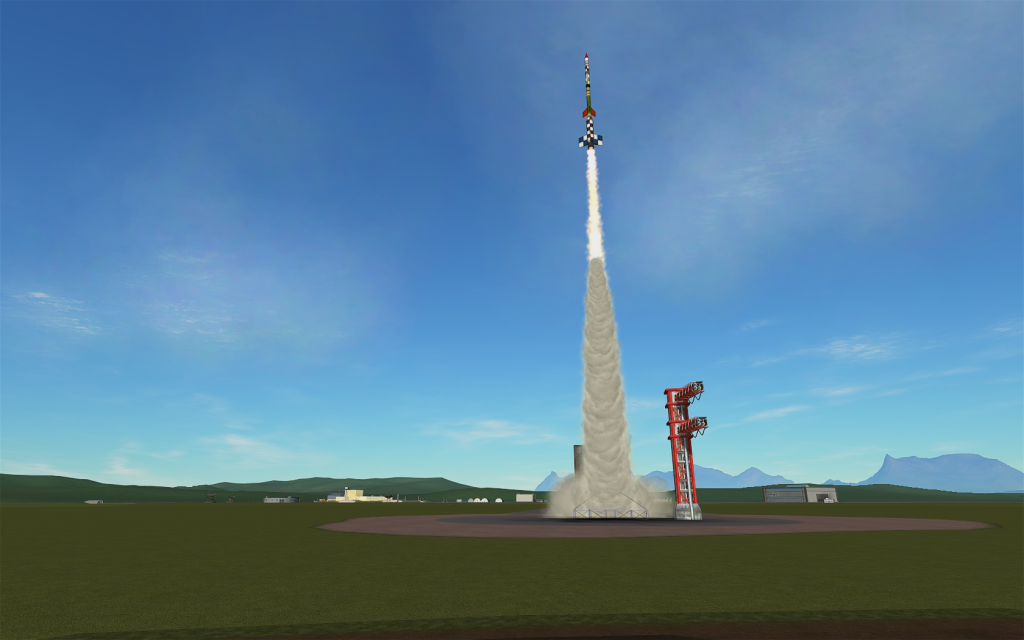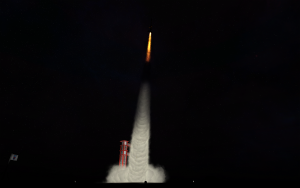 After the failure of the previous mission, the payload canisters were redesigned and built to stronger specifications. In addition to being able to withstand greater pressures and heat, the doors of the containment units were able to indicate to Mission Control whether or not they were properly sealed. If indeed the failure of the payload was the cause of the re-entry breakup then this time we had everything covered to help ensure a successful mission. Unfortunately this second attempt was delayed over 5 months thanks mainly to the Monolith EM field. After an initial delay due to weather, we were finally able to launch last week. The mission was successful in proving the Mystery Goo units could now survive re-entry however the payload itself was not able to be recovered, ultimately causing this mission to be labeled another failure.
After the failure of the previous mission, the payload canisters were redesigned and built to stronger specifications. In addition to being able to withstand greater pressures and heat, the doors of the containment units were able to indicate to Mission Control whether or not they were properly sealed. If indeed the failure of the payload was the cause of the re-entry breakup then this time we had everything covered to help ensure a successful mission. Unfortunately this second attempt was delayed over 5 months thanks mainly to the Monolith EM field. After an initial delay due to weather, we were finally able to launch last week. The mission was successful in proving the Mystery Goo units could now survive re-entry however the payload itself was not able to be recovered, ultimately causing this mission to be labeled another failure.
The Flight
It was a nominal ascent to space, the newly-refactored AFCS functioning perfectly as it staged the rocket out of the atmosphere. Once in space the lower Goo unit cycled open to expose the sample to normal levels of radiation in low space. Once past 350km and nearing the known lower edge of the radiation belt, the Goo units switched, with the top one now being exposed the entire duration in which the rocket was inside the belt. The payload reached an apokee of 507km, 12km higher than the previous flight, before plummeting back towards the atmosphere. Once out of the radiation belt the lower canister was once again exposed while the upper one sealed shut and indicated to Mission Control that it was in fact locked. At 90km the lower canister also indicated it had properly closed and locked.










